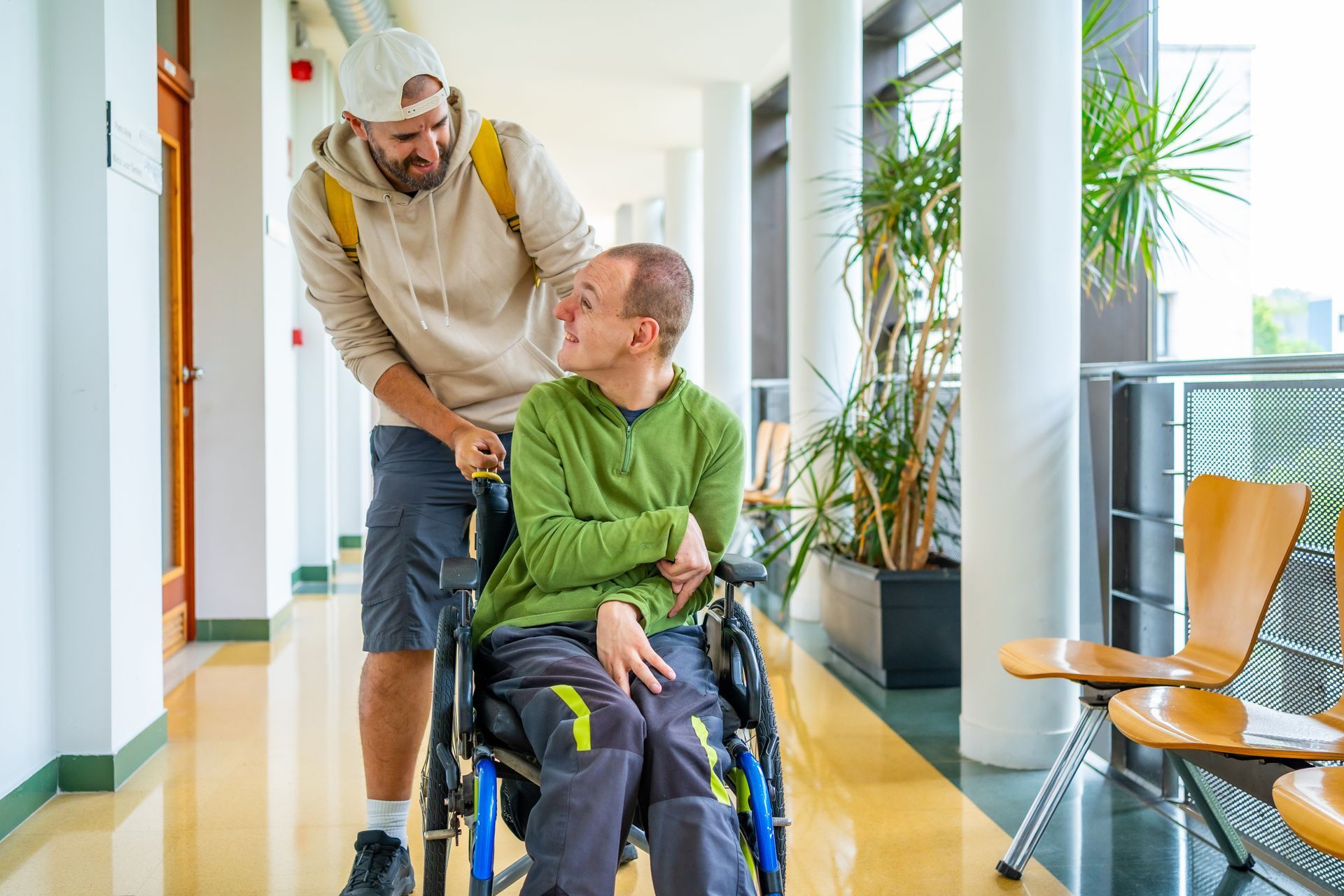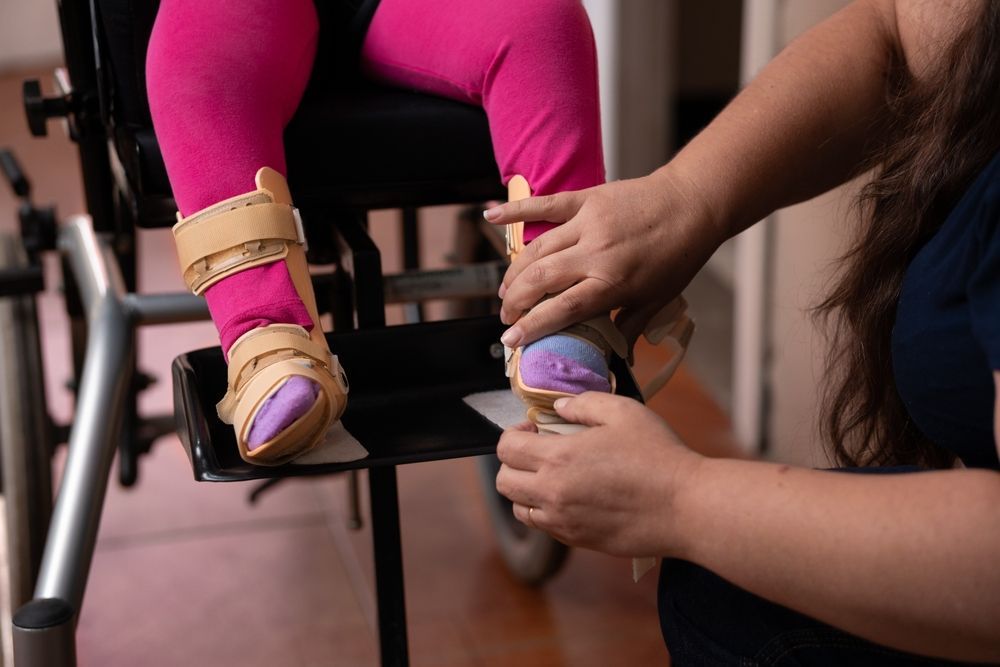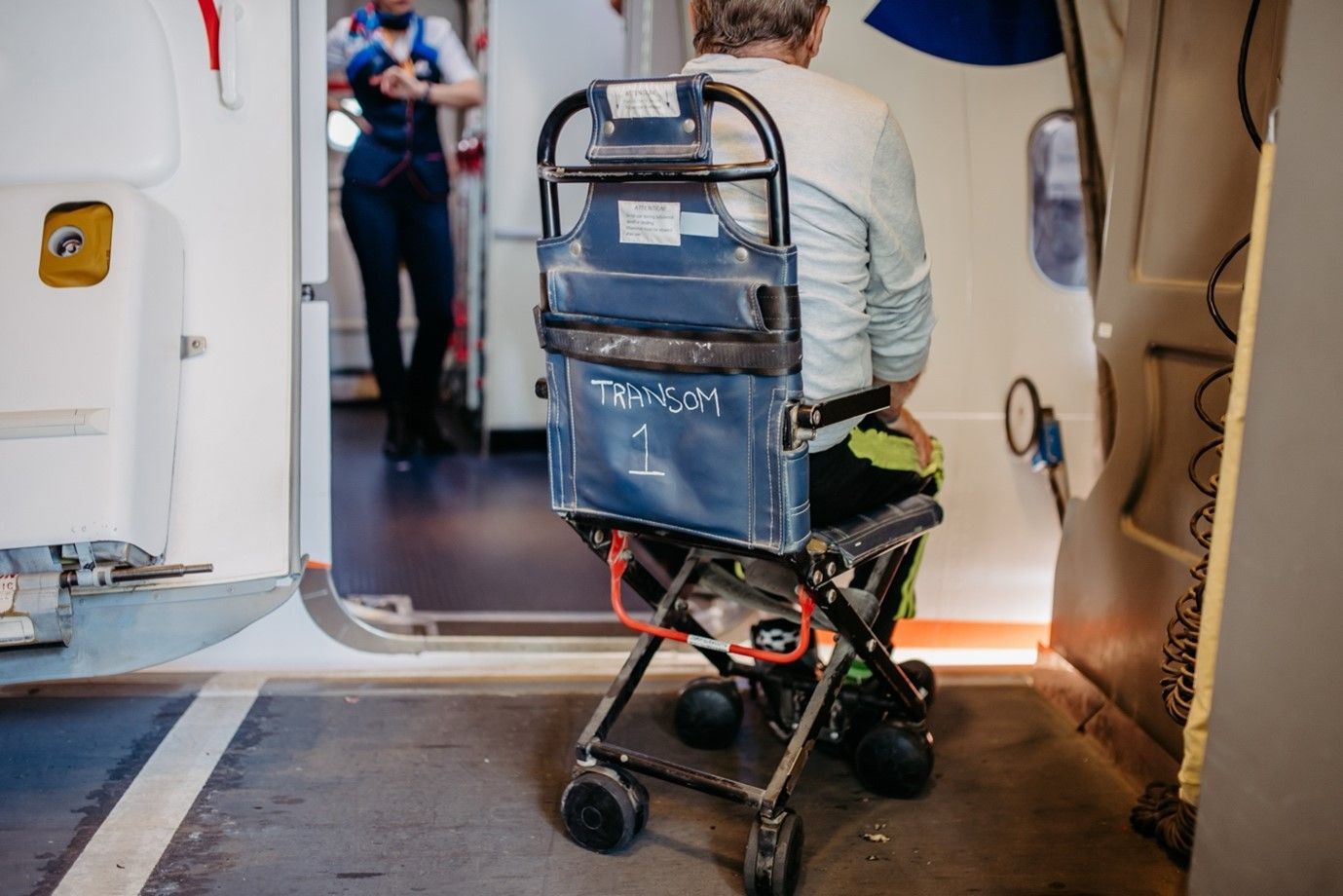Does Your Client Need a Moving and Handling Practitioner?
A Comprehensive Checklist for Healthcare Professionals
Moving and handling is often underestimated as simply lifting or transferring someone safely. In reality, it underpins almost every aspect of daily life for clients with physical or complex needs — and it is one of the biggest risk areas for care staff injuries and avoidable harm to clients.
Involving a specialist moving and handling practitioner isn’t a luxury — it’s an essential part of delivering safe, legal and truly person-centred care.
Use this practical checklist to know when you need specialist support — not later, but now.
A Moving and Handling Practitioner Is Essential If…
- Your client’s presentation is changing. A decline in strength, fluctuating tone, new pain, a recent fall, surgery, or changes in cognition all mean previous plans may no longer be safe. Even subtle changes can increase risk.
A practitioner can reassess and adapt plans before problems escalate.
- Moving and handling underpins multiple aspects of their day. If transfers, repositioning, therapy sessions, personal care or feeding rely on safe handling, the impact of poor technique can ripple through every activity.
A specialist ensures this daily routine is consistently safe and dignified.
- There is any risk of falls. Unsteady mobility, sudden collapses or near falls put both clients and carers at risk. A practitioner can assess why falls happen and design realistic ways to minimise them while supporting independence.
Falls prevention and safe moving and handling must go hand in hand.
- They require assistance to move or reposition. Anyone needing hoists, slide sheets, or two-person assistance automatically has higher risks for both themselves and staff. Generic guidance isn’t enough — they need an individualised plan and team training.
Proper technique protects everyone.
- They need support to evacuate in an emergency. Clients who cannot leave their home independently need a clear, workable evacuation plan that includes moving and handling considerations. Too often, these plans are theoretical rather than practical.
Safety can’t wait until an emergency happens.
- They have complex care needs. Conditions such as cerebral palsy, acquired brain injury, degenerative neurological conditions, or significant musculoskeletal needs demand specialist handling strategies.
Complex care requires tailored expertise — generic plans put people at risk.
- They want to do more than their current plan allows. If a client wants to go on holiday for the first time, access community activities, or try something new, staff may feel hesitant due to perceived risks. A practitioner can create a plan that makes “yes” possible, safely.
Person-centred care includes planning for meaningful goals.
- The MDT needs to work in sync. A moving and handling practitioner acts as the link between OTs, physios, carers, family and suppliers — turning assessments and recommendations into daily, realistic practice.
Good MDTs plan moving and handling together, not in isolation.
- There is a history of near misses or minor incidents. Frequent slips, awkward lifts or near misses are warning signs that current techniques or equipment are not working. These often precede more serious injuries.
Proactive intervention prevents accidents before they happen.
- There is uncertainty about compliance. If there is any doubt that current practice meets Health and Safety at Work regulations, Moving and Handling Operations Regulations, or CQC standards, specialist input is necessary.
Compliance protects your staff, your client and your organisation.
- The environment makes moving and handling difficult. Cramped spaces, unsuitable flooring, stairs or tight bathrooms make good technique impossible. A practitioner can recommend practical changes or equipment adaptations that make safe practice realistic.
Environment and technique must work together.
- Family or unpaid carers are involved. Family members often do not receive formal training, but they play a vital role in daily care. A practitioner can teach families how to support safely and build their confidence.
Families deserve the same guidance as professional carers.
- The plan hasn’t been reviewed in over a year. Outdated plans are a common cause of incidents. Any plan should be reviewed regularly — and immediately if circumstances change.
Good plans evolve with the person, the team and the environment.
In Summary:
If you tick even one of these boxes, involving a moving and handling practitioner is not optional — it’s best practice. It protects your team, ensures compliance, and keeps the person at the centre of care safe, comfortable and able to live well.
As a moving and handling practitioner, we:
- Provide clear, tailored assessments and practical plans.
- Deliver hands-on training and competency checks for care staff and families.
- Collaborate closely with OTs, physiotherapists, case managers and suppliers.
- Keep moving and handling safe, creative and aligned with what really matters to each client.
If you’re unsure whether your current plan is still fit for purpose — or you want to discuss a client’s needs — get in touch. I’m here to help you keep the ordinary safe and the extraordinary possible.

If you feel colleagues would benefit from reading this blog please share with them by clicking any of the sharing options below. It would be very much appreciated. Thank you.
We’d love to speak to you about certified healthcare training solutions for you or your team. Get in touch to discuss how we can help you.
Stay in the know with SupportiveAction Spotlight
Get expert insights, practical tips and early access to upcoming training and development courses straight to your inbox. Subscribe to our mailing list today!




